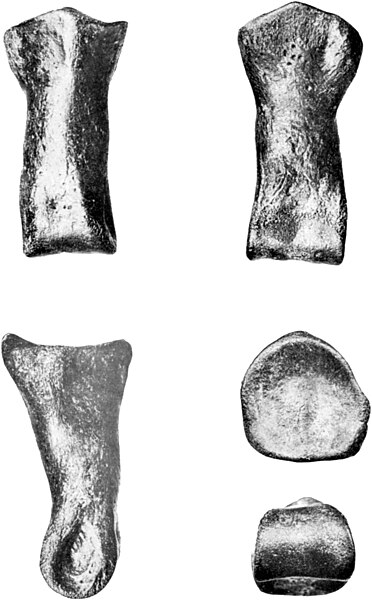Titanis is a genus of phorusrhacid, an extinct family of large, predatory birds, in the order Cariamiformes that inhabited the United States during the Pliocene and earliest Pleistocene. The first fossils were unearthed by amateur archaeologists Benjamin Waller and Robert Allen from the Santa Fe River in Florida and were named Titanis walleri by ornithologist Pierce Brodkorb in 1963, the species name honoring Waller. The holotype material is fragmentary, consisting of only an incomplete right tarsometatarsus and phalanx, but comes from one of the largest phorusrhacid individuals known. In the years following the description, many more isolated elements have been unearthed from sites from other areas of Florida, Texas, and California. It was classified in the subfamily Phorusrhacinae, which includes some of the last and largest phorusrhacids like Devincenzia and Kelenken.
Titanis
The Red-legged seriema, one of the closest living relatives of phorusrhacids
Life reconstruction
Image: Titanis pedal phalanx
Phorusrhacids, colloquially known as terror birds, are an extinct family of large carnivorous, mostly flightless birds that were among the largest apex predators in South America during the Cenozoic era; their conventionally accepted temporal range covers from 53 to 0.1 million years (Ma) ago, and perhaps even up to 21,600 ± 1,000 years ago.
Phorusrhacidae
Phorusrhacinae skulls compared
The Red-legged seriema, the closest living relative of phorusrhacids.
Reconstructed skeleton of Paraphysornis at the Museu Nacional, Rio de Janeiro






